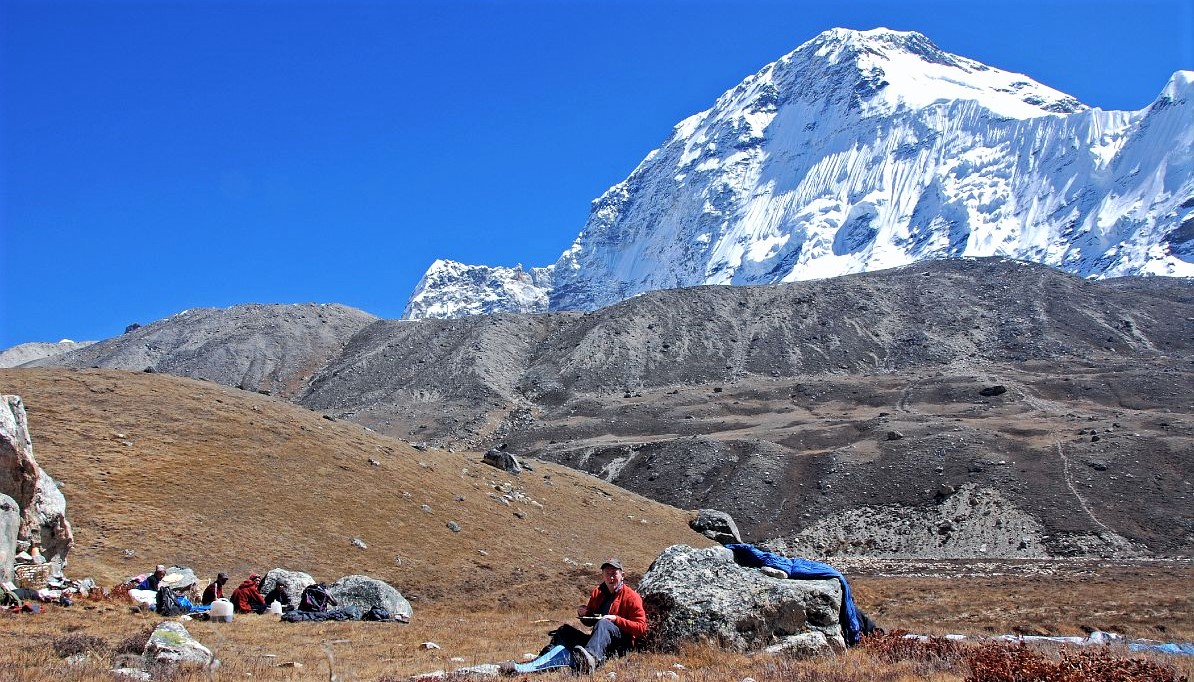Interesting things about Hongu Valley | All you need to know about Hongu Valley
Hongu Valley, also known as the Hongu Basin, is a remote and pristine valley in Nepal. Situated to the north of the popular Everest region, Hongu Valley is characterized by its rugged landscapes, rich biodiversity, and unique cultural heritage.
Hongu Valley is situated in the northeastern part of Nepal, bordering the Sagarmatha National Park and Makalu Barun National Park. It lies to the north of the Hinku Valley and east of the Dudh Koshi Valley, with the Dudh Koshi River flowing through the valley. Here's a detailed overview of Hongu Valley:
1. Geography and Landscapes:
Hongu Valley is characterized by its diverse geographical features. The valley starts at lower elevations, where you'll find terraced fields, small settlements, and dense forests of rhododendron, oak, and pine trees. As you ascend, the terrain becomes more rugged, with deep gorges, cascading waterfalls, and steep cliffs. The valley is also home to several glaciers, including the Hongu Glacier and the Hunku Glacier, which add to its stunning beauty.
2. Cultural Significance:
Hongu Valley is inhabited primarily by the Sherpa and Rai communities. The Sherpas, known for their mountaineering skills and close association with the Everest region, have a strong presence in the valley. The Sherpa culture is deeply rooted in Buddhism, and you can find monasteries, prayer flags, and other religious symbols throughout the valley. The Sherpa villages in Hongu Valley provide an opportunity to experience their unique way of life, hospitality, and traditional practices.
3. Biodiversity:
Hongu Valley is part of the Sagarmatha National Park and Makalu Barun National Park, which are renowned for their rich biodiversity. The valley supports a variety of flora and fauna. The lower regions are covered with lush forests, providing habitat for diverse bird species, including Himalayan Monal, Blood Pheasant, and various species of eagles. The region is also home to mammals such as Himalayan thars, musk deer, and occasional sightings of snow leopards. The park's conservation efforts aim to protect and preserve this unique ecosystem.
4. Serenity and Less Crowded:
Compared to the popular Everest region, Hongu Valley sees fewer tourists, making it a tranquil and less crowded destination. This allows trekkers to experience the beauty of the Himalayas in a more serene and untouched environment. The trails are quieter, and you can enjoy the solitude of nature as you explore the remote corners of the valley.
5. Access and Permits:
To access Hongu Valley, trekkers typically start their journey from Lukla, which is reached by a short flight from Kathmandu. From Lukla, the trail leads through various villages, forests, and alpine landscapes, gradually ascending into the valley. Trekkers require a Sagarmatha National Park entry permit and Makalu Barun National Park entry permit to enter the region, which can be obtained in Kathmandu or in Lukla.




.jpg)



